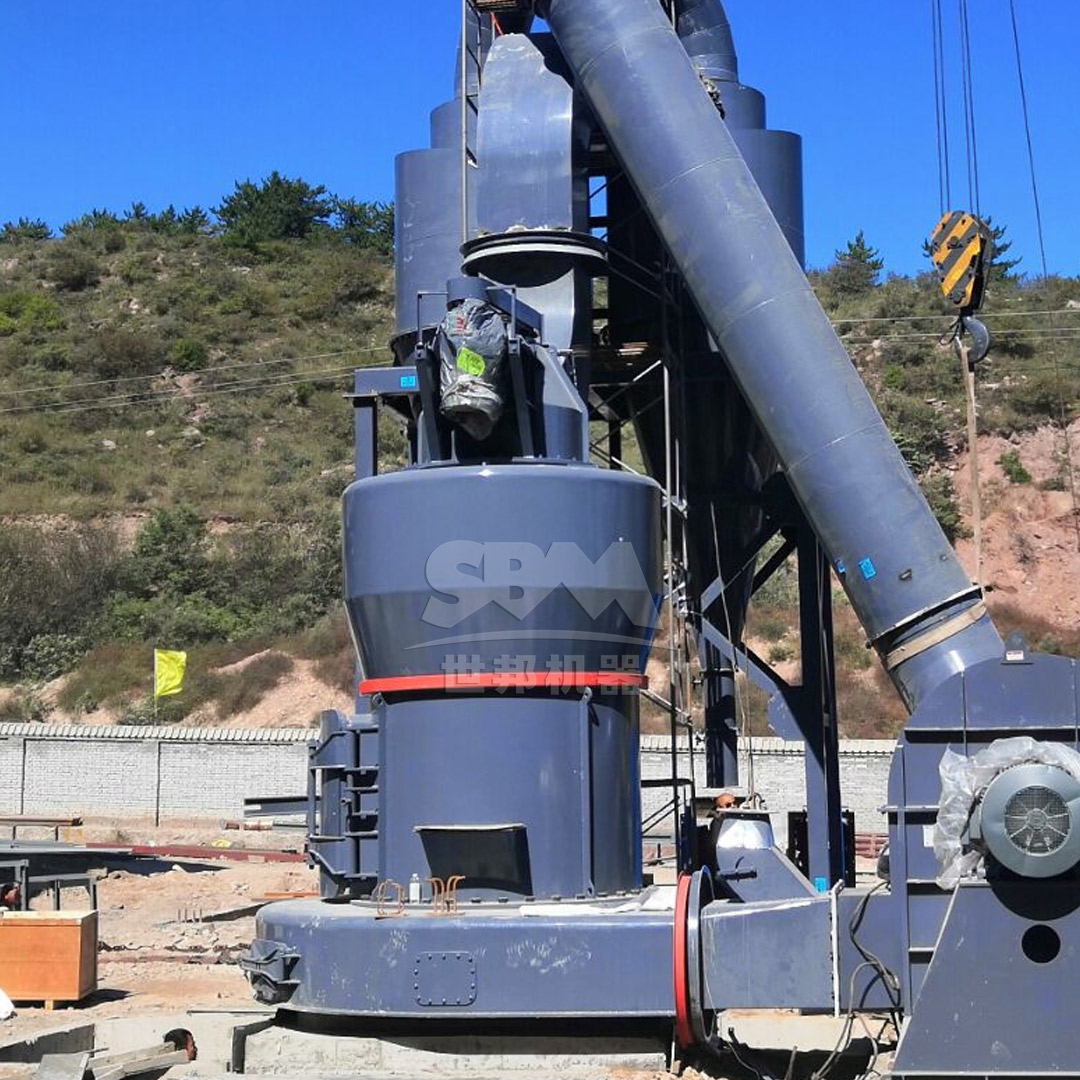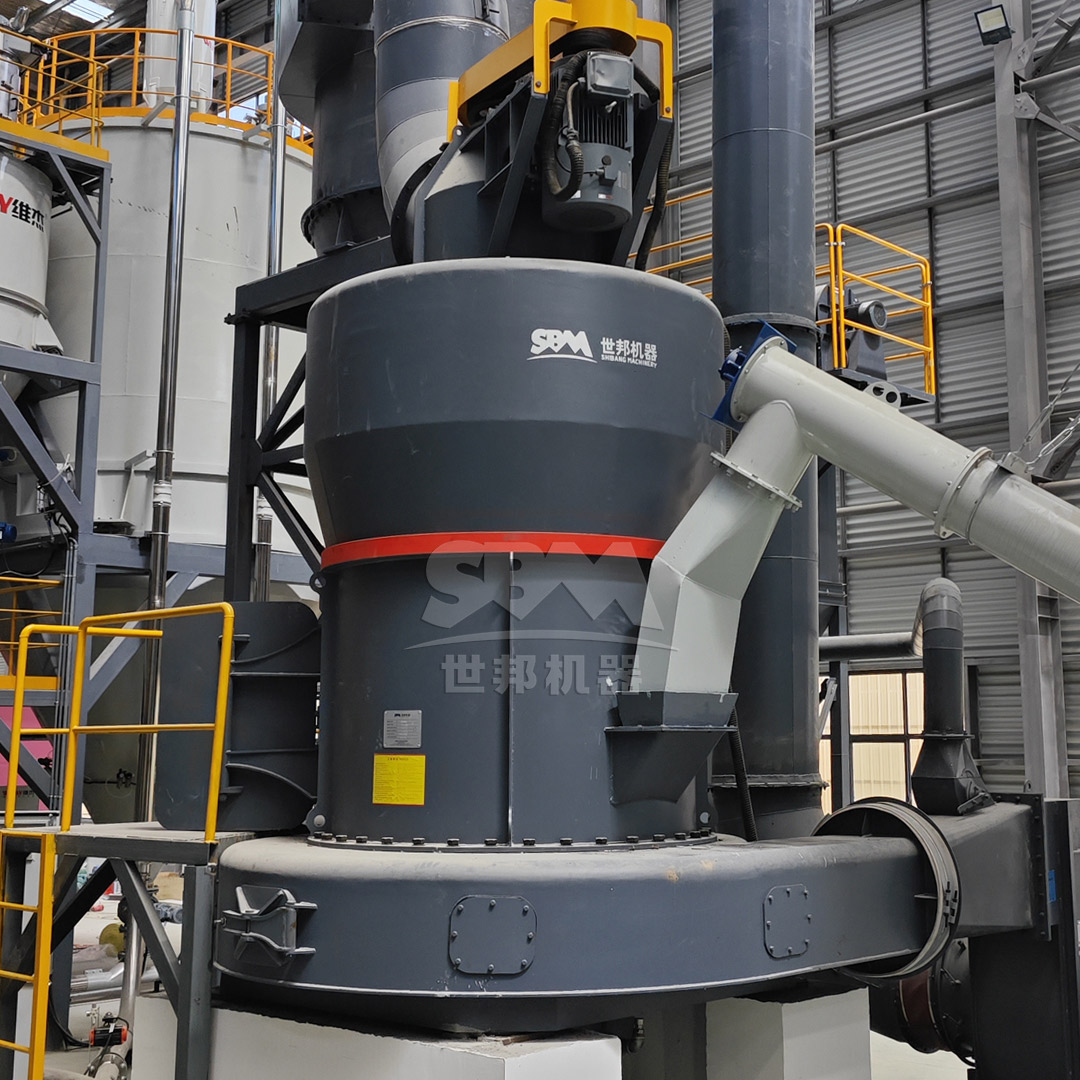Vertical milling technology has revolutionized powder processing across numerous industries, offering superior efficiency, precision, and versatility compared to traditional grinding methods. However, achieving optimal performance in specialty applications requires careful consideration of operational parameters and equipment selection. This comprehensive guide explores key adjustments and strategies for maximizing vertical mill performance in demanding applications.

Vertical mills operate on the principle of bed comminution, where material is ground between a rotating table and stationary or rotating rollers. The ground material is then transported by air to a classification system that separates fine product from coarse material that requires regrinding. This fundamental process offers several advantages over traditional ball milling, including higher energy efficiency, better particle size control, and reduced noise levels.
Successful operation of vertical mills depends on proper management of several interconnected parameters:
| Parameter | Impact on Performance | Optimal Range |
|---|---|---|
| Grinding Pressure | Affects fineness, throughput, and wear | Material-dependent |
| Air Flow Rate | Controls material transport and classification | 10-30 m/s in mill |
| Classifier Speed | Determines final product fineness | Variable by application |
| Feed Rate | Maintains stable grinding bed | 80-95% of maximum capacity |
When processing minerals for high-purity applications such as fillers, pigments, or advanced ceramics, contamination control becomes paramount. In these applications, the selection of wear materials and internal mill design significantly impacts product quality. For ultra-fine processing of minerals like calcium carbonate, kaolin, or talc down to D97 ≤ 5μm, the SCM Ultrafine Mill series offers exceptional performance with its vertical turbine classification system and special material grinding components that minimize iron contamination.
The SCM series achieves output fineness between 325-2500 mesh (45-5μm) with throughput ranging from 0.5 to 25 tons per hour depending on model selection. Its intelligent control system automatically maintains target particle size distribution, while the pulse dust collection system exceeds international environmental standards.
Many modern materials, including certain polymers, pharmaceuticals, and food products, are sensitive to heat generated during grinding. For these applications, temperature control through optimized air flow and grinding pressure becomes critical. Modern vertical mills incorporate advanced cooling systems and temperature monitoring to prevent thermal degradation.

Highly abrasive materials such as quartz, zircon sand, and certain metal powders present significant challenges in terms of wear part longevity. For these demanding applications, the MTW Series Trapezium Mill provides an excellent solution with its wear-resistant shovel design, curved air channel optimization, and hardened grinding components. The MTW series handles input sizes up to 50mm and produces powders from 30-325 mesh, with throughput capacities ranging from 3-45 tons per hour.
The MTW mill’s bevel gear integral transmission achieves 98% transmission efficiency while reducing installation costs and footprint. Its wear-resistant volute structure and non-blocking design enhance air classification efficiency while reducing maintenance costs by approximately 30% compared to conventional designs.
Modern vertical mills incorporate sophisticated classification systems that enable precise control over particle size distribution. Adjustable rotor speeds, vane angles, and air flow patterns allow operators to tailor the final product characteristics to specific application requirements. For applications requiring extremely narrow particle size distributions, such as toner manufacturing or specialized coatings, multi-stage classification systems provide unparalleled control.
Vertical mills typically offer 30-50% energy savings compared to traditional ball mills, but further optimization is possible through intelligent control systems. Key strategies include:
| Mill Type | Specific Energy Consumption (kWh/t) | Typical Applications |
|---|---|---|
| Ball Mill | 25-40 | General purpose grinding |
| Conventional Vertical Mill | 18-28 | Cement, coal, minerals |
| Advanced Vertical Mill | 12-22 | Specialty powders, high-value materials |
Proper management of grinding elements and wear parts is essential for maintaining consistent product quality and minimizing downtime. Key considerations include:
Excessive vibration in vertical mills can indicate operational problems such as uneven feeding, roll skewing, or mechanical issues. Modern mills incorporate sophisticated vibration monitoring systems that can detect developing problems before they cause significant damage or unplanned downtime. Proper vibration analysis can identify issues including:

The evolution of vertical milling technology continues with several emerging trends shaping the future of powder processing:
Modern vertical mills are increasingly incorporating digital technologies that enable remote monitoring, predictive maintenance, and automated optimization. These systems collect and analyze operational data to identify inefficiencies, predict maintenance needs, and optimize process parameters in real-time.
Environmental considerations are driving development of more sustainable milling operations through reduced energy consumption, lower noise emissions, and improved dust collection systems. The latest generation of vertical mills typically operates below 80dB and incorporates highly efficient filtration systems that minimize environmental impact.
Market demands for greater flexibility are leading to more modular mill designs that can be quickly reconfigured for different products or production requirements. Quick-change wear part systems and adjustable classification arrangements allow producers to respond rapidly to changing market conditions.
Optimizing vertical mill performance for specialty applications requires a comprehensive understanding of both fundamental operating principles and application-specific requirements. Through careful selection of equipment, intelligent control strategies, and disciplined maintenance practices, operators can achieve significant improvements in productivity, product quality, and operational efficiency. The continuing evolution of vertical milling technology promises even greater capabilities for meeting the demanding requirements of modern powder processing applications.